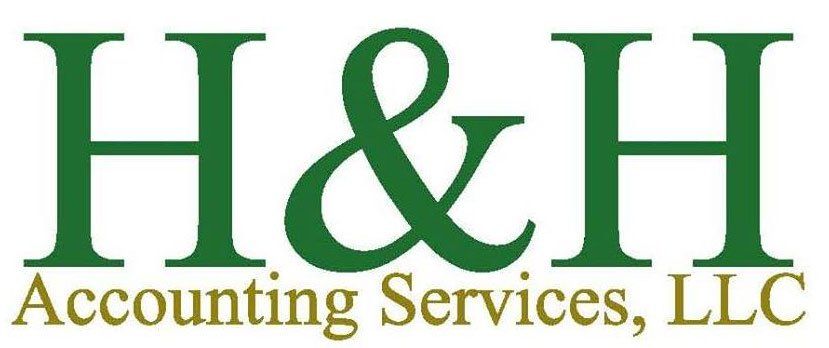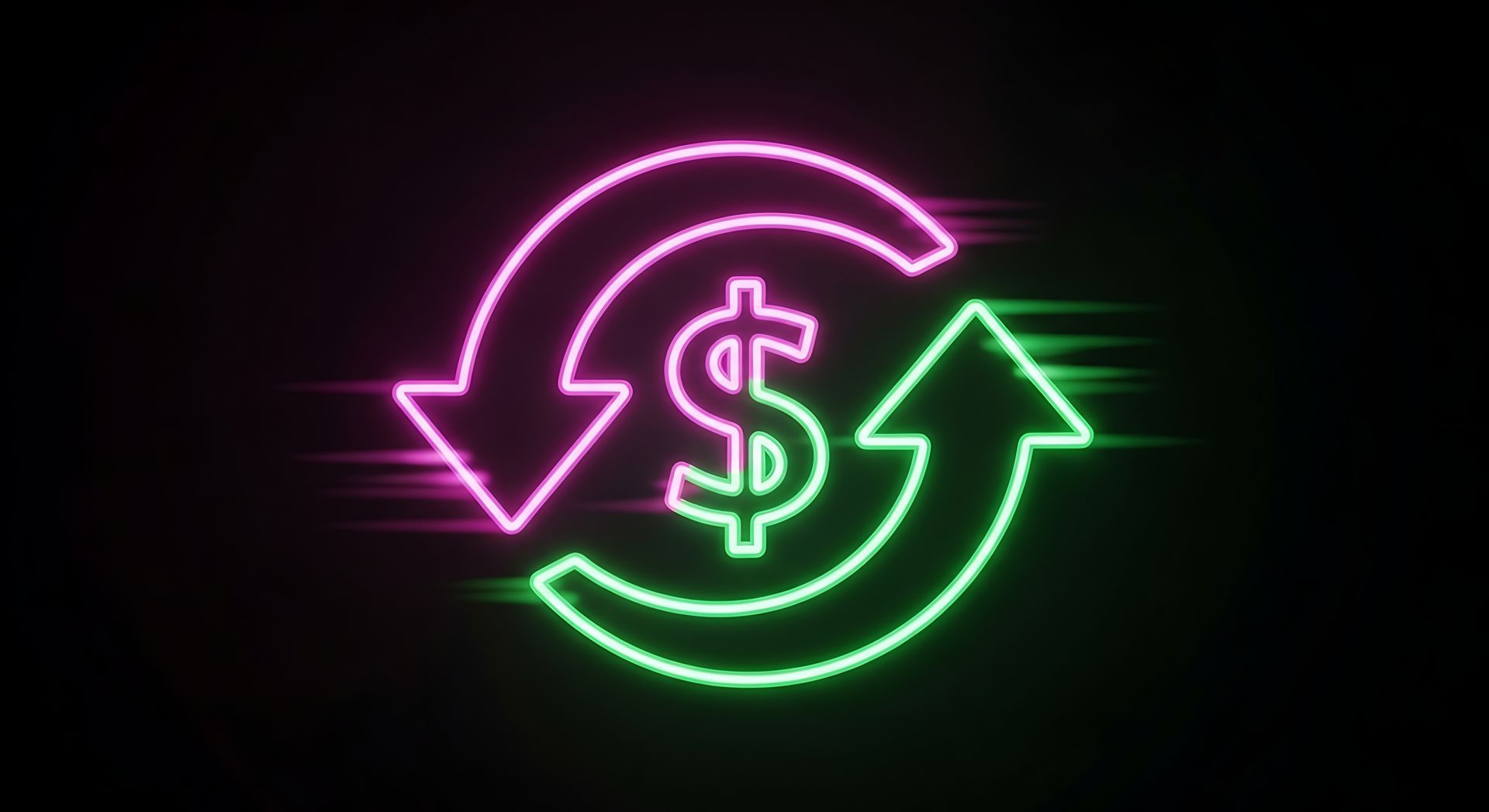Calculating Risk for Small and Medium Sized Businesses

Demand-Related Risk
Every business’s demand risk is different, and some businesses are more susceptible to demand problems than others. The COVID-19 pandemic has provided a stark reminder of demand-side risk.
Toilet paper is a durable product in that households will always need toilet paper.
Restaurants, on the other hand, can have demand-related problems. Even when there is no pandemic, new restaurant owners run the risk of opening an establishment that just doesn’t catch on, meaning there’s very little demand for what they do.
Different industries offer better demand durability than others.
Specific events may also impact a business’s demand-related risk. In early 2020 when there was an apparent epidemic of kids developing lung conditions due to vaping, vape shops across the country saw business plummet.
Many ended up closing, especially after the COVID-19 pandemic followed mere months later and further suppressed their foot traffic.
Contribution Margin
This ratio essentially lets you know how much money you have left over to pay for fixed costs after the sale of a product or service. If you sell a widget for $20 and the variable cost of producing and selling the widget was $5 then you have $15 leftover to pay for fixed costs (and then profit).
A business’s fixed costs are static – like your rent or salaried workers. Those expenses are the same every month. Things like fuel or materials can be variable because those prices can fluctuate based on external market forces. Variable costs also go up or down based on the volume of production.
If you make 100 widgets this month and 200 widgets the next month your variable costs will go up, but your fixed costs remain the same. The rate at which variable expenses increase may also change with volume due to economies of scale.
The contribution margin can help businesses understand which products or services are worth keeping and which are losing them money. Services that lose money increase risk.
An HVAC service provider may find that changing an air filter ends up having a negative contribution margin due to the cost of fuel, technician labor and the cost of the filter. The business can choose to stop offering the service, increase the price they charge or start using a cheaper brand of air filters to get the contribution margin back into the positive.
Operating Leverage Effect
Having high operating leverage means a business’s fixed costs are higher than their variable costs. The degree of operating leverage can be calculated by dividing contribution margin by profit.
It’s great to have high operating leverage if your revenue is increasing because more of each extra dollar is going to profit rather than variable expenses related to production. If your variable costs are high, increasing sales has less of an impact on your net income, but you have lower risk during unexpected downturns.
When most of your expenses are based on production or service delivery costs, those expenses increase or diminish at the same rate as incoming jobs. Those business have lower risk during slowdowns than ones with high operating leverage.
If most of your expenses are in fixed costs that remain the same regardless of whether or not you have new jobs coming in, a downturn could dramatically affect your ability to cover those high fixed costs.
Financial Leverage Ratio
Financial leverage ratios are generally based on your business’s debt compared to assets. They may take the form of debt-to-asset ratios, debt-to-equity ratios, debt-to-capital ratios, etc.
These ratios are a measure of risk, but what the analysis derived from the ratio indicates depends on the industry. Having high financial leverage ratios may be appropriate for some businesses during some periods.
When a high financial leverage ratio becomes a risk is often during downturns, when fewer jobs are coming in and it becomes more difficult to maintain those debts. During good times, when lots of new business is coming in, having a high financial leverage ratio may have an amplifying effect – you can do far more business thanks to an influx of financing that allows you to accomplish more and generate additional revenue and profits.
Combined Leverage Ratio
Analysis of combined leverage ratio is a tool often used by business advisors, accountants and consultants to help business owners understand what effects operating leverage or financial leveraging are having on their business.
Combined leverage examines both the operating leverage and financial leverage to measure things like their impact on earnings per share (EPS) or it can help pinpoint the best finance leverage or operating leverage ratios to maintain.
Get Help Determining and Analyzing Your Risk From Skilled Phoenix Business Accountants
Doing the calculations and figuring out the relevant risk measures of your business is only helpful if you’re taking the right lessons from the information.
Business consultants and accountants can help you make sure the math on these ratios is correct and explain in actionable terms what those numbers indicate about your operations. Most importantly, they can provide suggestions or develop solutions to help mitigate risk and maximize your business’s stability.
H&H Accounting is proud to help Phoenix and Scottsdale area businesses remain viable and profitable with knowledgeable analysis and advice. If your business could use some assistance in this regard, please feel free to contact us at (480) 561-5805 for a free initial one-hour consultation.



